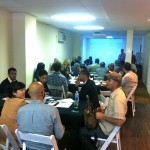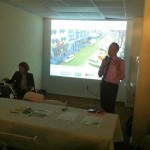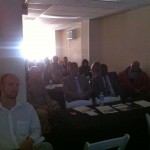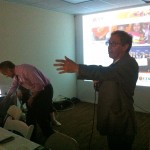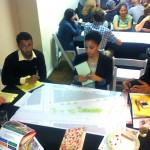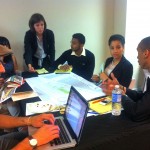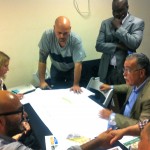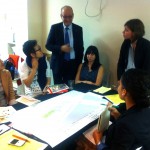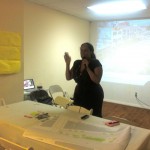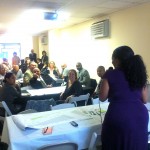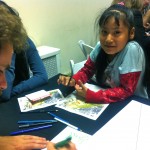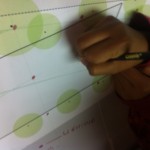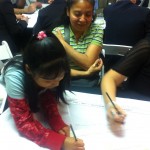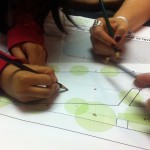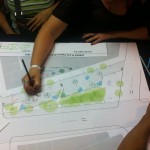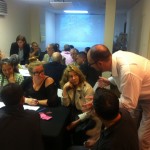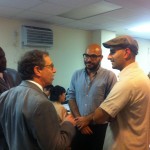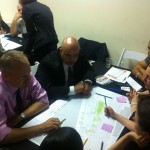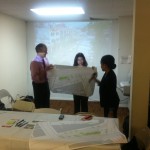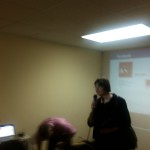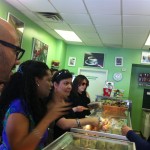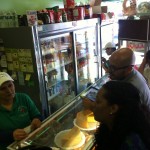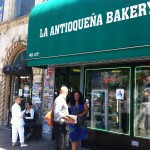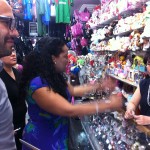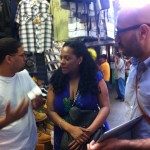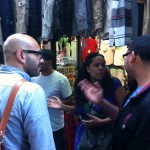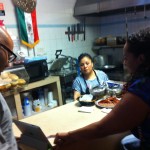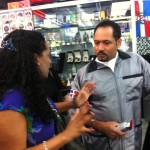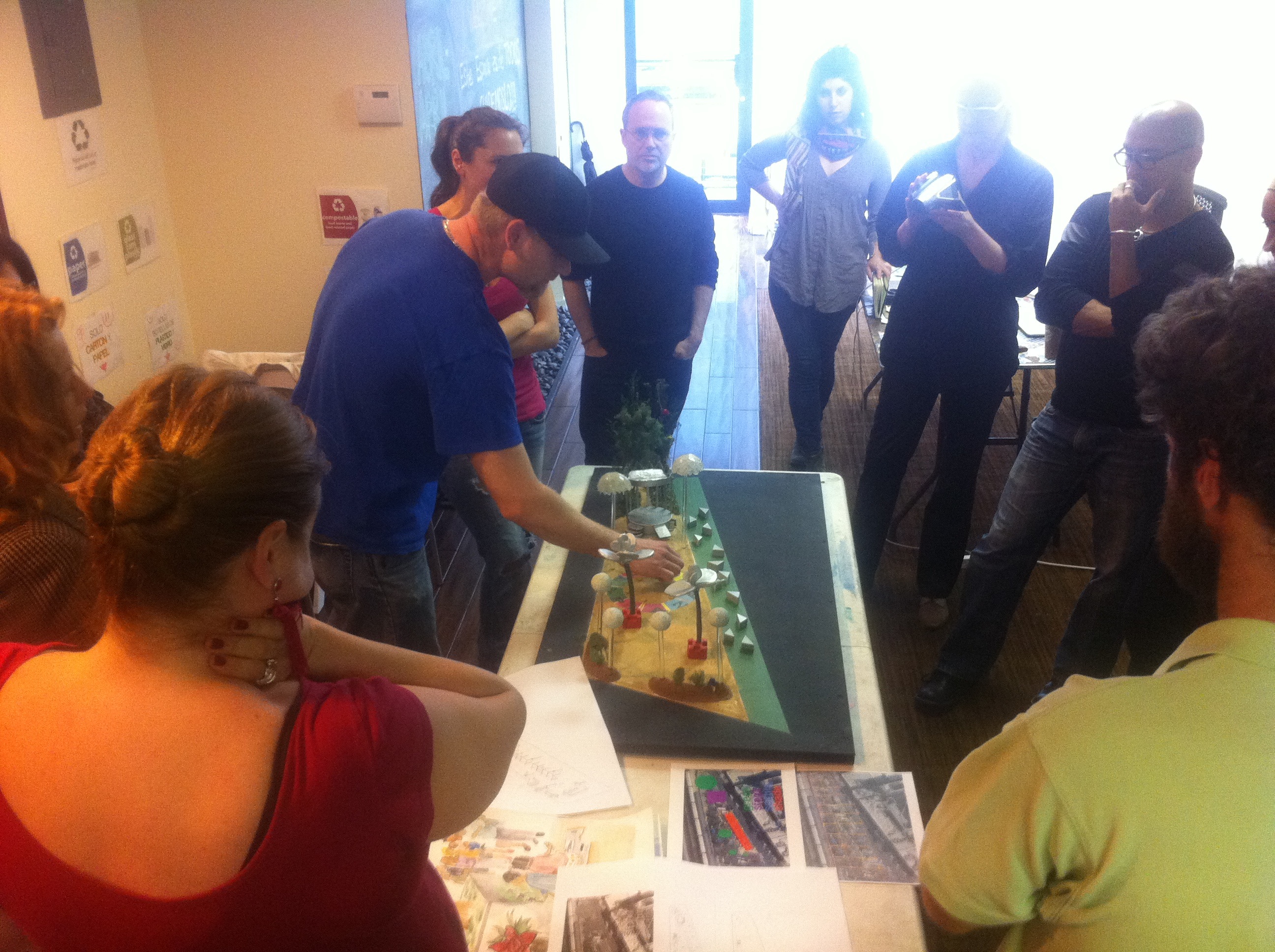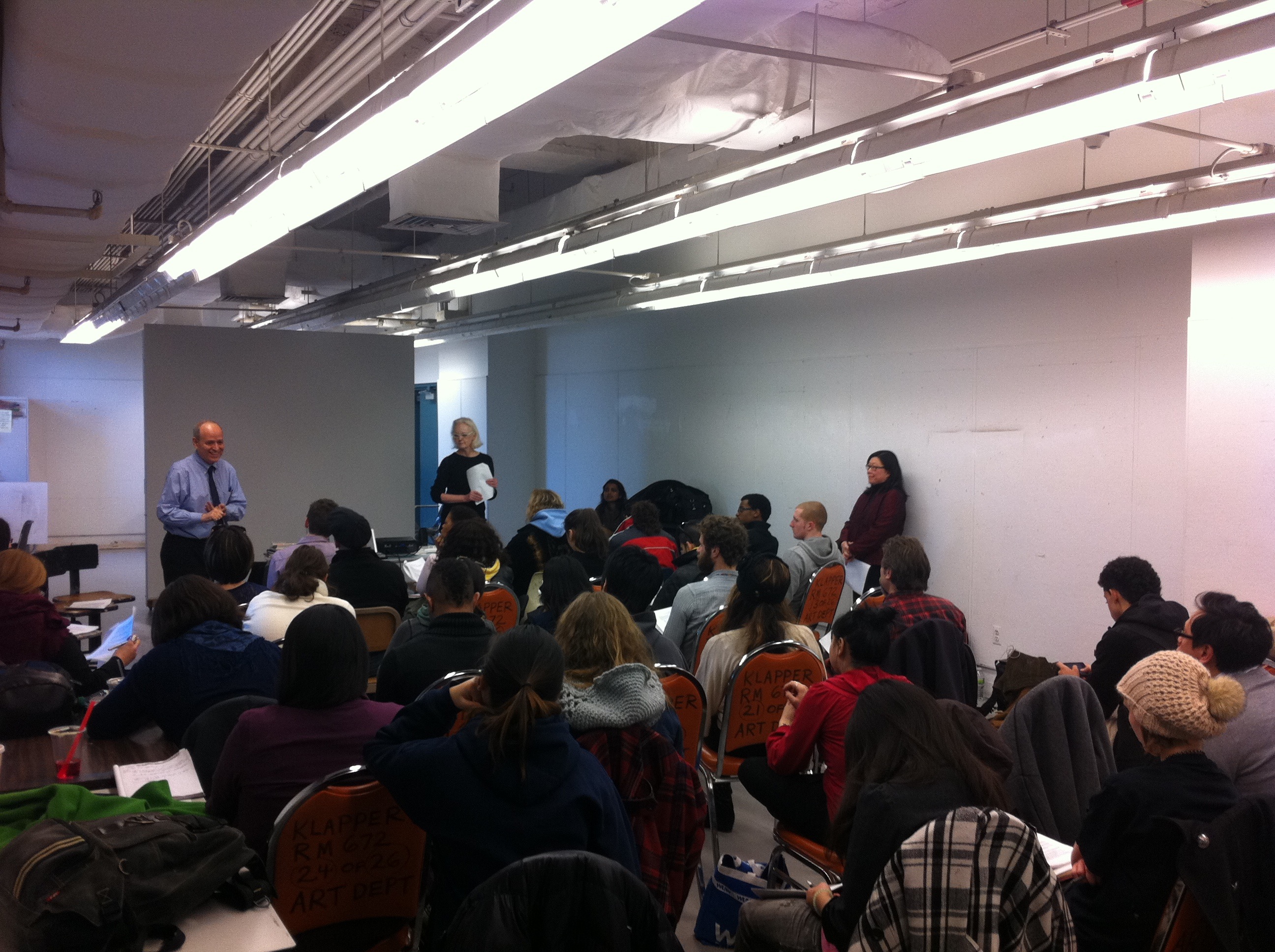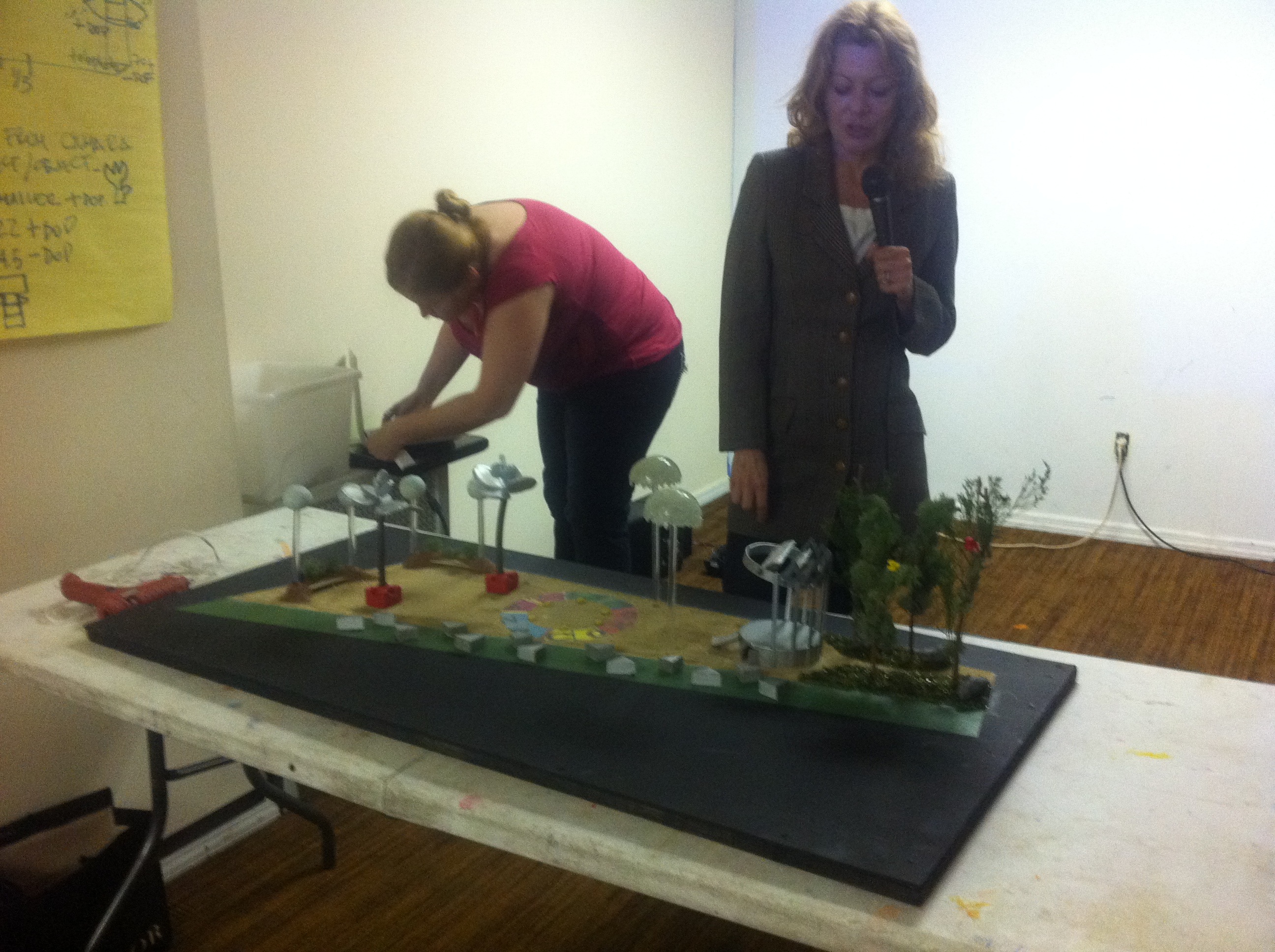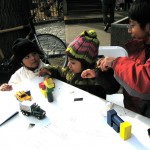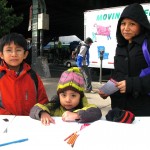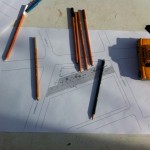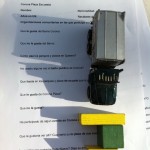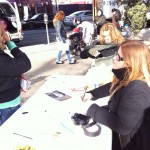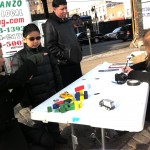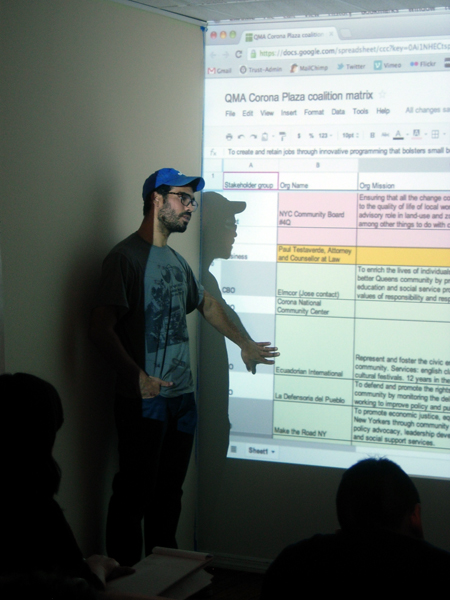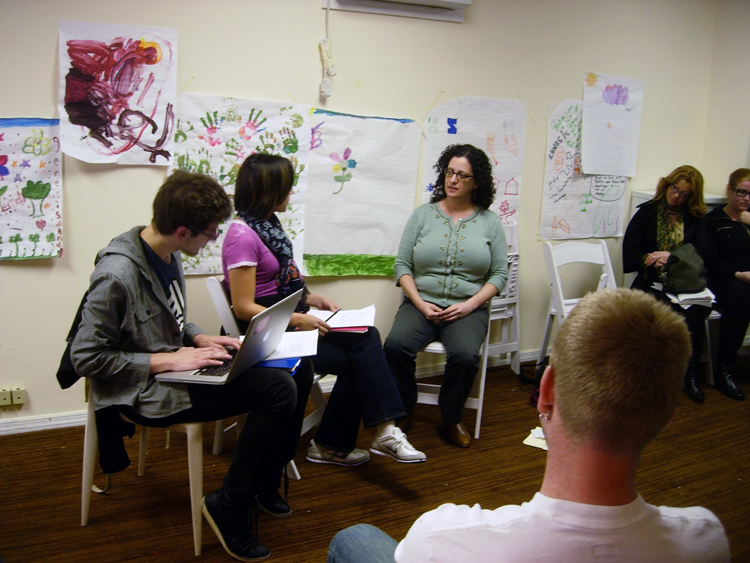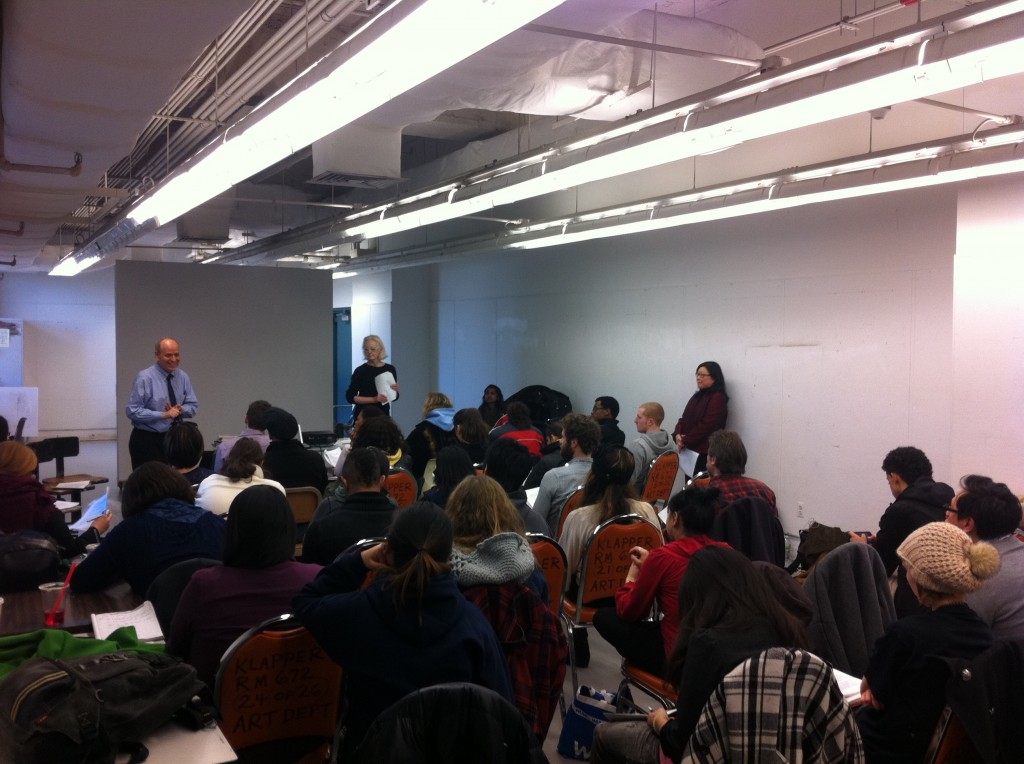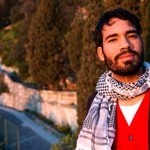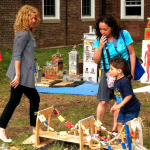REBLOG: Social Practice Queens: Re-imagining and Re-invigorating Corona Plaza
This article was originally published by The City Atlas: New York.
Poised at the forefront of important contemporary social movements, community activism, tactical urbanism, and participatory art production, a nascent collaboration develops between a cultural institution, a public university, local artists, urban planners, and Queens residents, to creatively solve local urban issues.
This past spring City Atlas met with Prerana Reddy, the Director of Programming at The Queens Museum of Art, to talk about Social Practice Queens (SPQ) – a collaboration between the museum and Queens College – and the future of Corona Plaza.
The team up between two of the borough’s highly regarded institutions began with the question of how to bring visual art students together with local residents, in order to tackle social issues particular to Queens. A partnership of this nature has never before been attempted between a museum and an academic institution. Only in its early developmental stages, SPQ is the only educational program of its kind on the east coast with similar programs emerging across the country at institutions like California College of the Arts and Portland State University.
“The goal is to allow access to this type of socially relevant studio art education at a large diverse and affordable urban university setting such as CUNY (City University of New York.)”… “It gives students a space to investigate critical public art practices, within one of the countries most diverse populations and immigrant communities.” – Prerana Reddy
For those new to the term – “social practice” is an interdisciplinary discourse that links artistic activity and production with pressing social issues related to communities, groups, or societies. Typically this type of art practice is highly collaborative (often working with non-artist groups) and emphasizes process based transformations (in addition to) the creation of an art object, artifact or experience. “Within the art making process, the practice emphasizes people in relationships to each other and their surroundings, “focusing on engagement and accountability between the audience and the artist” – Jules Rochielle
SPQ students are afforded the immense resources of each of the involved institutions, in addition to connections with outside collaborating groups.
Currently the project also involves Immigrant Movement International and design groups DSGNAGNC and Change Administration. Students work across disciplines and departments of art and urban studies at Queens College – to come up with rich strategies of creatively working on social issues.
Their recent work “Corona Studio: Transforming Corona Plaza” involves the research and planning of future artistic interventions, public installations, and community programming for the upcoming redevelopment of Corona Plaza, in Queens, New York – into a pedestrianized area in the Summer of 2012, as part of the NYCDOT public plaza program. This is in hopes of bringing the plaza from its current state of dismay and disuse into a place for recreation, as well a venue for the exchange of ideas, culture, and commerce.
This past spring, student of the class “Transforming Corona Plaza,” successfully combined urban research involving the demographics, local politics, and concerns of local stakeholders, with theory from interventionist art practice and practical design concepts drawn from case studies of socially-engaged art. Throughout the semester, students met off-campus at the Immigrant Movement International space where they researched and became familiar with the nearby Corona Plaza (103 St. and Roosevelt Ave.) In the process they were introduced to local activists, business people, local politicians, and the planning team of the Department of Transportation. Four design proposals were created by student teams and presented to the community and a range of professionals for critical feedback.
“We wanted to envision Corona as a center for formulating a productive rather than a reductive notion of globalization and diversity…the heart of our project is looking at Corona as a laboratory for addressing certain dilemmas inherent within the social framework of this networked era of market capitalism: who and what is a community?”- Prerana Reddy
Recently, The Queens Museum of Art has called upon the expertise of architect Quilian Riano ofDSGN AGNC and city planner Aurash Khawarzad of Change Administration to lead the process in collaboratively developing programming and public installations that will create a new space for
the entire community – titled Corona’S Plaza.
In our discussion with Prerana, she stressed how their work was more than revitalizing the area so it can attract tourists to the neighborhood’s already rich and diverse cultural collection, but devising strategies to benefit the existing community.
“Im concerned for people like the construction workers who have nowhere to rest on their breaks. They can’t stand on the street corner or in front of businesses because they would be loitering and the children’s park is no place for them either….the pedestrian park is a perfect solution to issues such as this. We are working to have activities such as public art programming and health fairs for these people who have been neglected and normally don’t readily have access to these type of resources.”
The development of Corona’S Plaza will include workshops that are designed to empower locals to design the space, encouraging maximized creative use of the plaza. This process involves diverse community members – including immigrant communities – who are usually uninvolved in the urban planning process.
At the end of the day, work like SPQ promotes the question of what responsibilities local institutions such as museums have to urban issues. As cities become an important topic of conversation among more people, it appears that cultural institutions are leading more dialogues about urban
studies in accompaniment to contemporary art and history (think BMW Guggenheim Lab and The New Museum’s Festival of Ideas for the New City.) There is no doubt the amount of positive change collaborations such as SPQ can accomplish, and this project whatever the outcome, is an amazing example for future community and socially engaged visual art and planning endeavors.
The project will be continuing throughout the summer where 10 students will work independently with SPQ Resident Artists Qullian Riano and Aurash Khawarazad.




